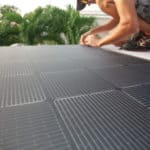
MENUMENU
TALK TO AN EXPERT
Special Hours: 7AM – 6PM PST
TALK TO AN EXPERT
Special Hours: 7AM – 6PM PST
They can seriously damage or destroy your sensitive electronics — but they’re still relatively poorly understood even by some educated consumers. We’re talking about voltage spikes, an ever-present danger to any electrical circuit. So what exactly is a voltage spike, and what causes it? Most importantly, how can you prevent them from harming your circuits? Read on as we take a closer look.

A voltage spike (also known as a transient) is a temporary condition where voltage dramatically exceeds the typical voltage of the circuit. Usually lasting for just milliseconds, spikes deliver three to a few thousand times the normal voltage level.
It’s easy to understand why this is such a concern for sensitive electronics. A spike like this can cause electrons to jump to places they should not go. They can easily harm integrated circuits along with larger electrical components. And it happens in a flash. Before you know it, the damage is done. That’s why preparing in advance is so crucial.
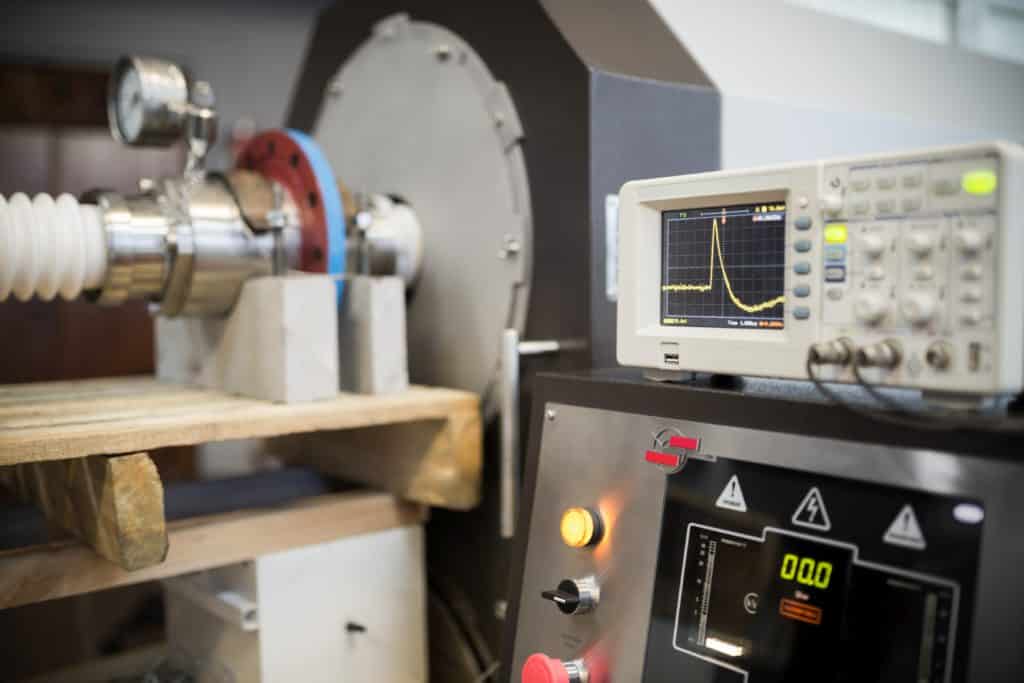
Voltage spikes have a variety of causes, most of which can be lumped into equipment malfunctions or users improperly operating a device. Something as simple as a switch malfunctioning or as complex as circuit failures can cause voltage spikes. There are also natural causes like lightning or electromagnetic pulses emitted by geomagnetic storms.
Among the most common causes of voltage spikes is the decay of a magnetic field in an inductor. This occurs when motors, transformers, or other large devices with inductors go offline quickly. This is called a flyback transient and almost always induces a voltage spike. This phenomenon can be used intentionally to create high voltages or intentionally suppressed to prevent damage to other circuits.
Regardless of the reason for a spike circuits always should include some protection to suppress these spikes and prevent damage. If the protections are overwhelmed however damage can still occur.
Pro Tip: Motors starting up can also cause a voltage sag and current spike. Prevent this on your RV air conditioner with a soft start.
On a practical level, these terms refer to the same event considered in different ways. A voltage spike is an independent event that can cause a power surge. The surge itself refers to the spike of energy dissipating into the affected device.
You may more commonly hear people talking about power surges, as that’s how they experience the incident, through its end results on their electronics. On the other hand, those with a more electrical background may talk about voltage spikes, especially when referring to events within an electrical system as opposed to their end result.
Not all voltage spikes cause power surges. If a surge protector (sometimes called a spike suppressor) dissipates the spike, it won’t damage the electronics connected to that protector.
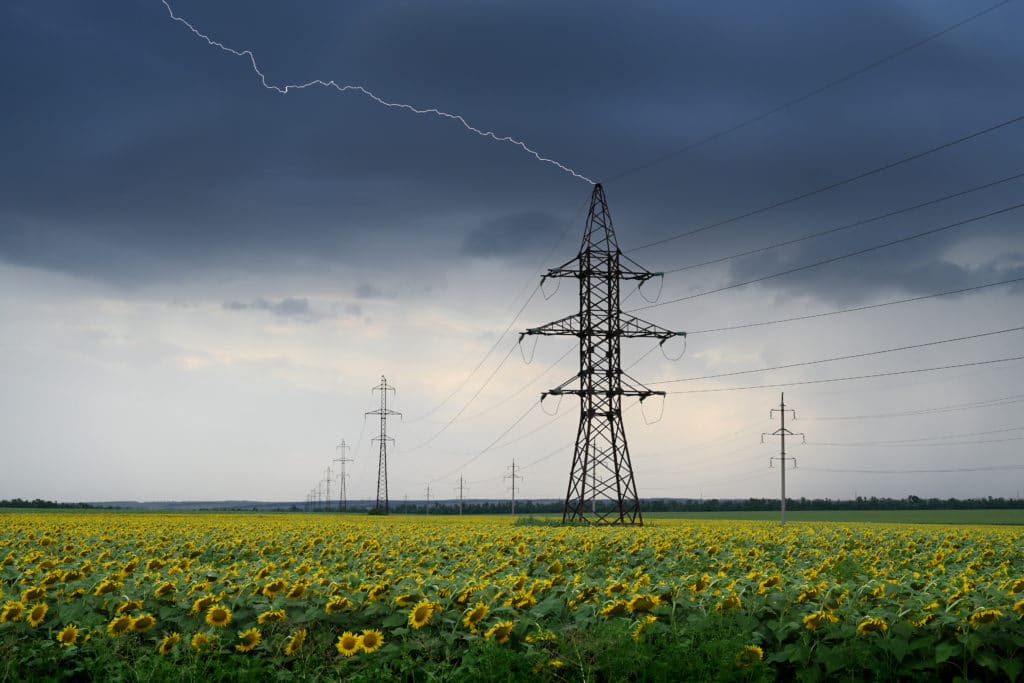
On a technical level, you need special circuits to suppress the extreme voltage caused by spikes. Electrical engineers build spike suppression into almost all circuits including the power grid. However, they don’t always completely suppress the spike, meaning they’ll need more protection downstream.
Surge suppressors use a combination of diodes, inductors, and capacitors to absorb the energy or direct it harmlessly to the ground in the circuit. The technical design will depend on the needs of the circuit and what type of spike it’s suppressing. For example, a power grid surge suppressor that is designed to stop a lighting strike will use a large spark gap device. Compare this to an integrated circuit that will use solid-state protection like Zener diodes or thyristors.
Usually, surge protectors can allow devices to continue operating without interruption, even after surges. However, these special suppressor circuits only have a certain lifespan. They can fail if they absorb too much. Dedicated surge protectors often have a light or other indicator to alert users when this has happened, leaving their devices unprotected.
While many of our circuits have protectors built-in it’s always a good idea to have an additional surge suppressor in line with your own circuit that has an indication that it is working. You can install these in switchgears at a grid power connection, breaker panels in businesses and homes, and even at the point-of-use circuits.
Pro Tip: In addition to voltage spikes, you’ll also want to watch for voltage drops.
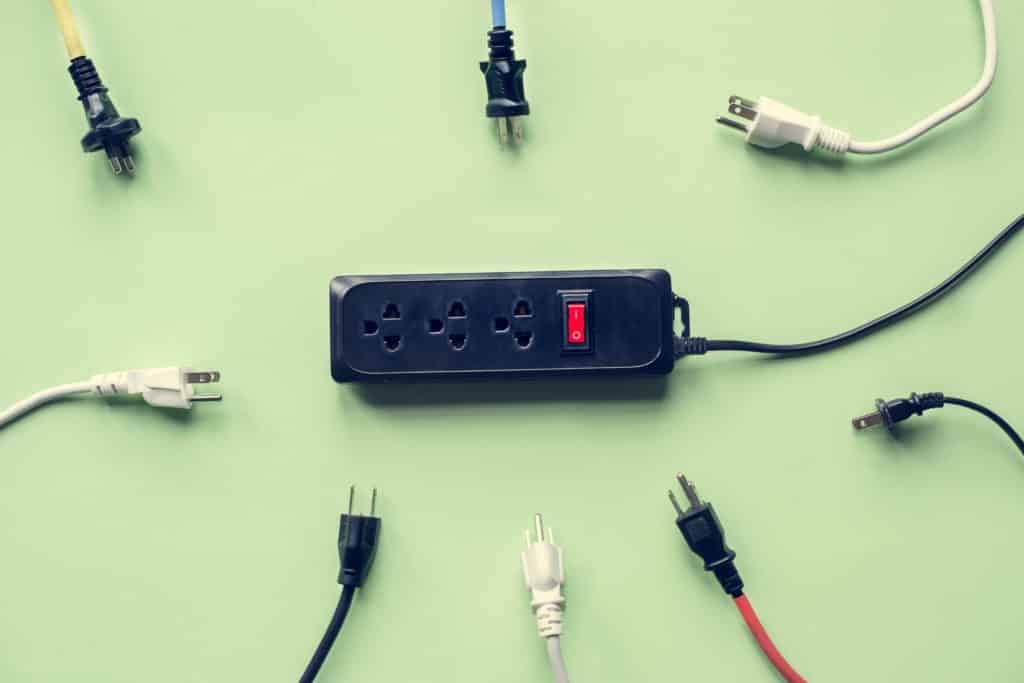
Some surges are more powerful than others. When you have sensitive or expensive electronics, you’ll want to know exactly how much protection you have.
Maximum spike voltage is a general concept to quantify this protection. When shopping for surge protectors, you’ll often see ratings for maximum let-through voltage or clamping voltage/joules/amperage.
Pay attention, as these numbers are critical. They indicate the amount of protection your device provides. Higher joule and amp ratings are preferable, while you should look for lower clamping voltage.
The answer to this will depend on exactly how you build and use your circuit. DC circuits are susceptible to voltage spikes just like AC circuits, but isolated battery DC circuits have a lower chance of experiencing a spike.
Many of our Battle Born customers use our batteries to build direct current (DC) circuits to power their off-grid needs. In most cases, DC system voltage spikes are minimal and won’t cause harm to the batteries or electronics attached to them.
However, over-current is necessary, so you must install proper electrical fuses.
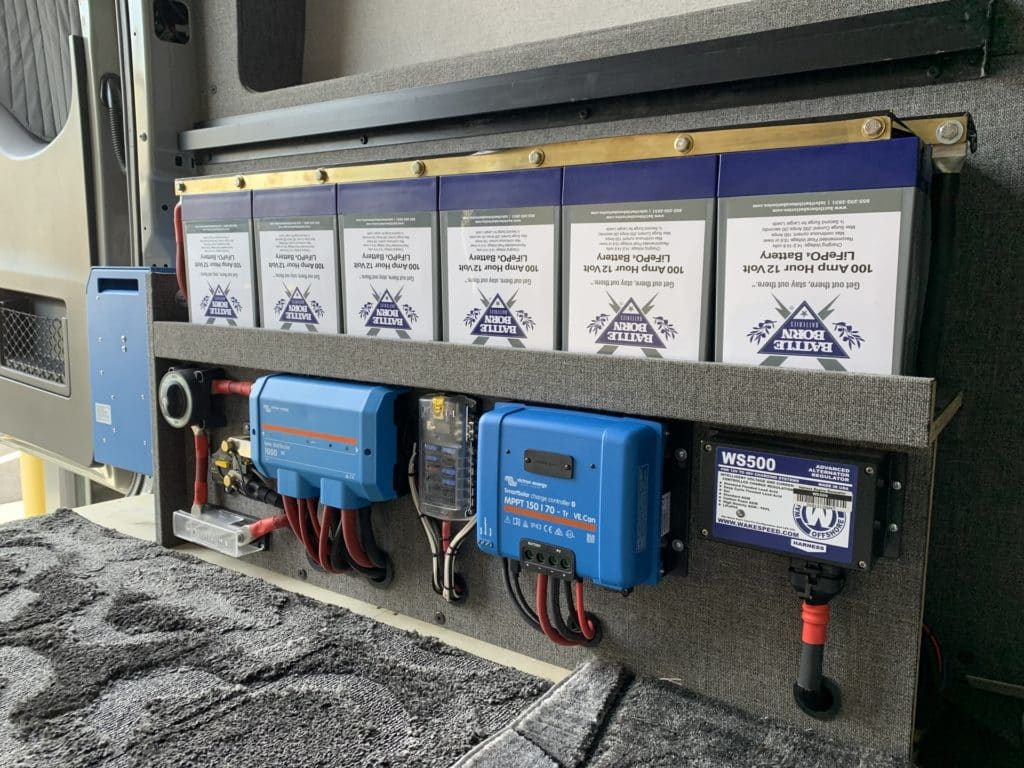
Many DC electronics already include built-in surge suppression as well. In the past, there were valid concerns about voltage spikes from vehicle alternators. However, alternators with modern diode rectifiers act as their own voltage suppressors, eliminating the issue. Low voltage DC surge suppression is available however and if you are operating a mission-critical circuit it’s never a bad idea to add one.
If you’re building a DC circuit that will interconnect with AC power for charging or conversion you definitely need a surge protector. This is true whether you’re plugging your RV, boat, or other portable systems into shore power, using a generator, or creating your own AC through batteries and an inverter. These portable power systems constantly connect to unknown power sources, so using surge protectors and suppressors is crucial.
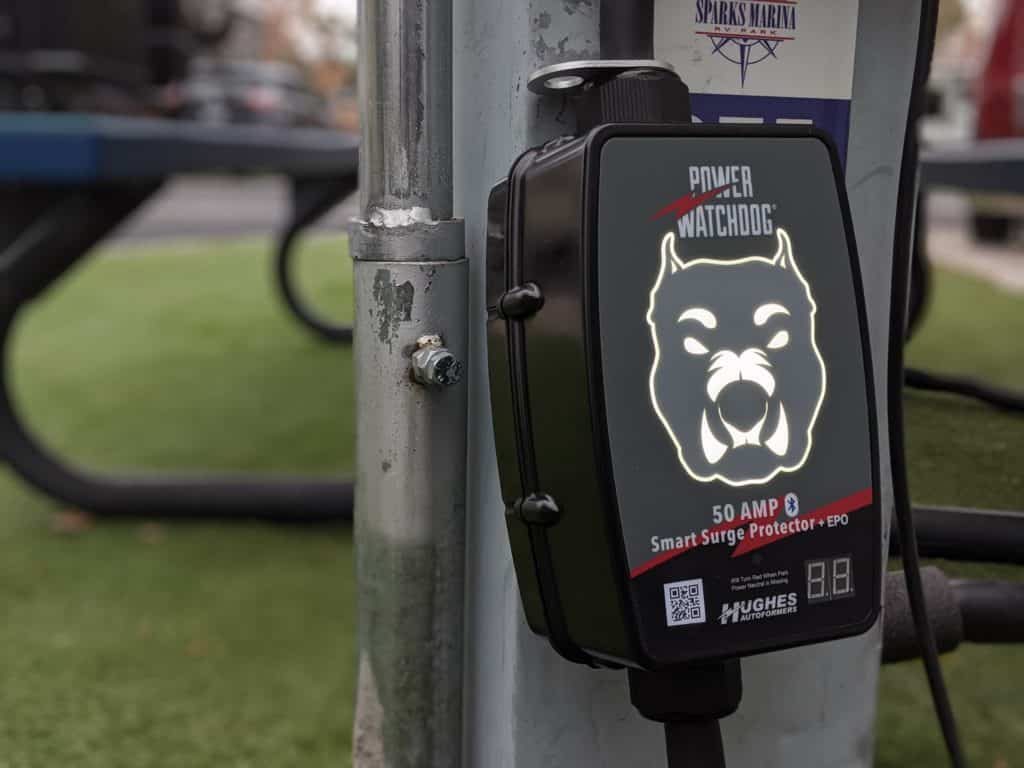
Voltage spikes may seem scary and complicated. And in truth, they can cause a lot of damage if you’re not prepared for them. But as you can see, they’re not hard to understand or difficult to avoid. Whether the cause is equipment failure, nature, or something else altogether, the protection remains the same: everyday surge protectors or suppressors. Use this valuable information to ensure your sensitive electronics stay safe for years to come.
We know that building or upgrading an electrical system can be overwhelming, so we’re here to help. Our Reno, Nevada-based sales and customer service team is standing by at (855) 292-2831 to take your questions!
Also, join us on Facebook, Instagram, and YouTube to learn more about how lithium battery systems can power your lifestyle, see how others have built their systems, and gain the confidence to get out there and stay out there.
Shop Best Sellers



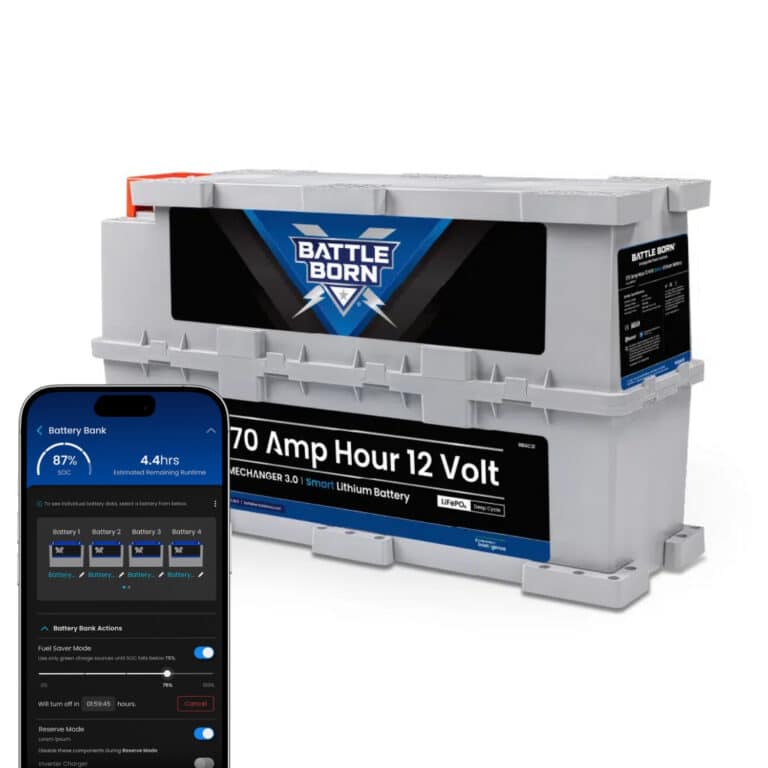




Ask a technical specialist now at 855.292.2831
Stay in the Know